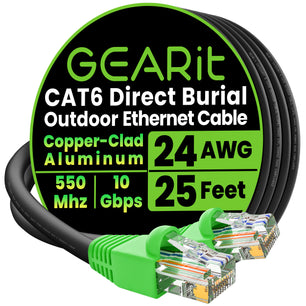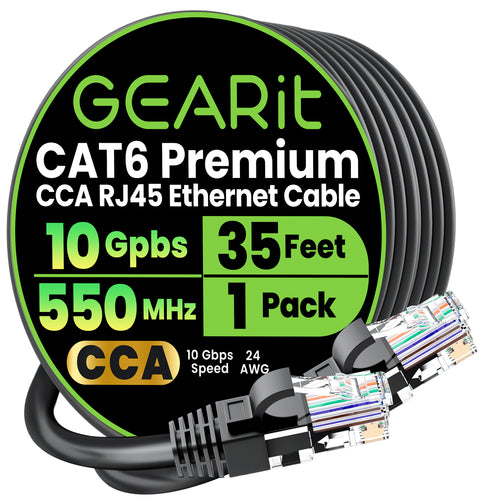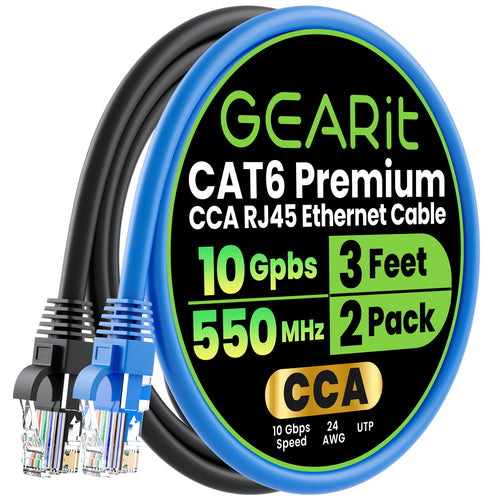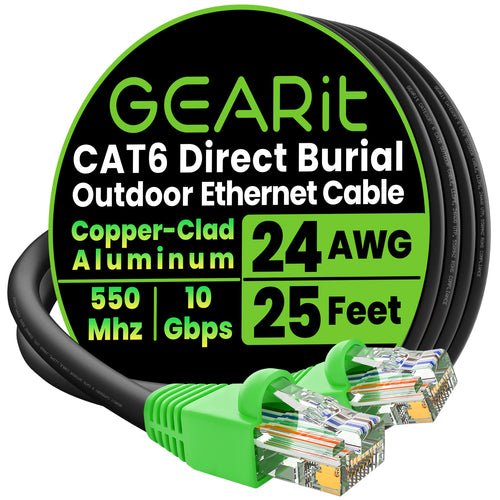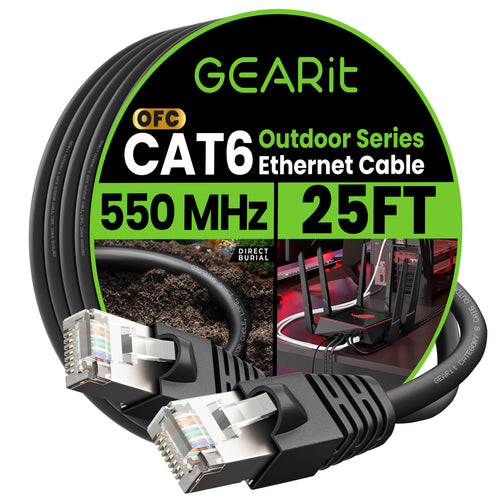
In our digitally-driven era, a solid network connection is the backbone of our daily lives. Whether it's powering business operations, streaming entertainment, or staying connected with loved ones, a reliable internet connection is non-negotiable. But when it comes to setting up networks, the type of Ethernet cable used can make or break the reliability of your connection, especially when considering outdoor installations. Enter burial Ethernet cables – engineered specifically for outdoor use and burial. But how do they differ from regular Ethernet cables, and why does it matter? Let's dive into the world of burial Ethernet to understand its significance and why it's essential to grasp the distinction.
The Core of Ethernet Cables
Before we delve into the specifics of burial Ethernet, let's grasp the basics of Ethernet cables and their primary role. Ethernet cables act as the physical conduit for transferring data between devices within a Local Area Network (LAN). Typically, these cables consist of twisted pairs of copper wires encased in a protective sheath. The twists in the wires mitigate electromagnetic interference, ensuring smooth data transmission.
Regular Ethernet Cables: Your Indoor Allies
Regular Ethernet cables, also known as patch cables or twisted pair cables, are tailored for indoor use. Available in various categories like Cat5e, Cat6, and Cat6a, each category offers distinct levels of performance and bandwidth. These cables are flexible, easy to install, and perfect for linking devices within buildings – think computers, routers, printers, and gaming consoles. However, their design and materials aren't optimized for outdoor environments, rendering them unsuitable for burial.
Burial Ethernet Cables: Engineered for the Elements
Burial Ethernet cables, on the flip side, are purpose-built for outdoor use and burial underground. They boast additional layers of protection to withstand environmental challenges such as moisture, temperature fluctuations, and physical strain. Unlike regular Ethernet cables, burial cables are crafted with materials that guarantee enhanced durability and longevity, ensuring uninterrupted performance in harsh outdoor conditions.
Key Distinctions and Features
1. Weatherproofing: Burial Ethernet cables come weatherproofed with a rugged outer jacket, shielding the internal wiring from moisture, UV rays, and extreme temperatures. This weatherproofing prevents performance degradation over time, making burial cables ideal for prolonged outdoor installations.
2. Direct Burial Capability: Unlike regular Ethernet cables, burial cables are engineered to be buried directly underground sans additional conduit or protective enclosures. They incorporate extra layers of insulation and shielding to safeguard the wires from moisture and soil compression, ensuring seamless data transmission even when buried.
3. Strength and Durability: Burial Ethernet cables boast materials that offer superior strength and durability compared to regular cables. This robust construction enables burial cables to withstand the demands of outdoor installation, including exposure to harsh weather, digging, and accidental damage.
Why Burial Cables are a Must for Outdoor Projects
When it comes to burying Ethernet cables for outdoor installations, several factors underscore the necessity of burial cables:
• Protection from the Elements: Regular Ethernet cables aren't designed to endure exposure to moisture, UV rays, and temperature fluctuations, which can lead to performance deterioration and eventual failure. Burial cables provide the requisite protection to ensure consistent performance in outdoor settings.
• Longevity: Burial cables are built to last, offering unmatched durability and longevity compared to regular cables. This longevity is pivotal for outdoor installations, where cables face constant exposure to environmental elements that can compromise performance over time.
• Ease of Installation: Burial cables eliminate the need for additional conduit or protective enclosures when burying cables underground, simplifying the installation process and cutting costs. This makes burial cables an efficient and practical solution for outdoor networking endeavors.
In the realm of networking, selecting the right Ethernet cable is paramount, particularly for outdoor installations. While regular Ethernet cables shine indoors, burial Ethernet cables are tailored for outdoor use, offering weatherproofing, durability, and longevity essential for withstanding the elements. By understanding the disparities between these cable types and the unique features of burial Ethernet cables, network installers can ensure dependable performance and durability for outdoor networking projects. So, the next time you're gearing up to bury Ethernet cables for an outdoor installation, opt for burial cables to lay the groundwork for a robust and enduring network infrastructure.
